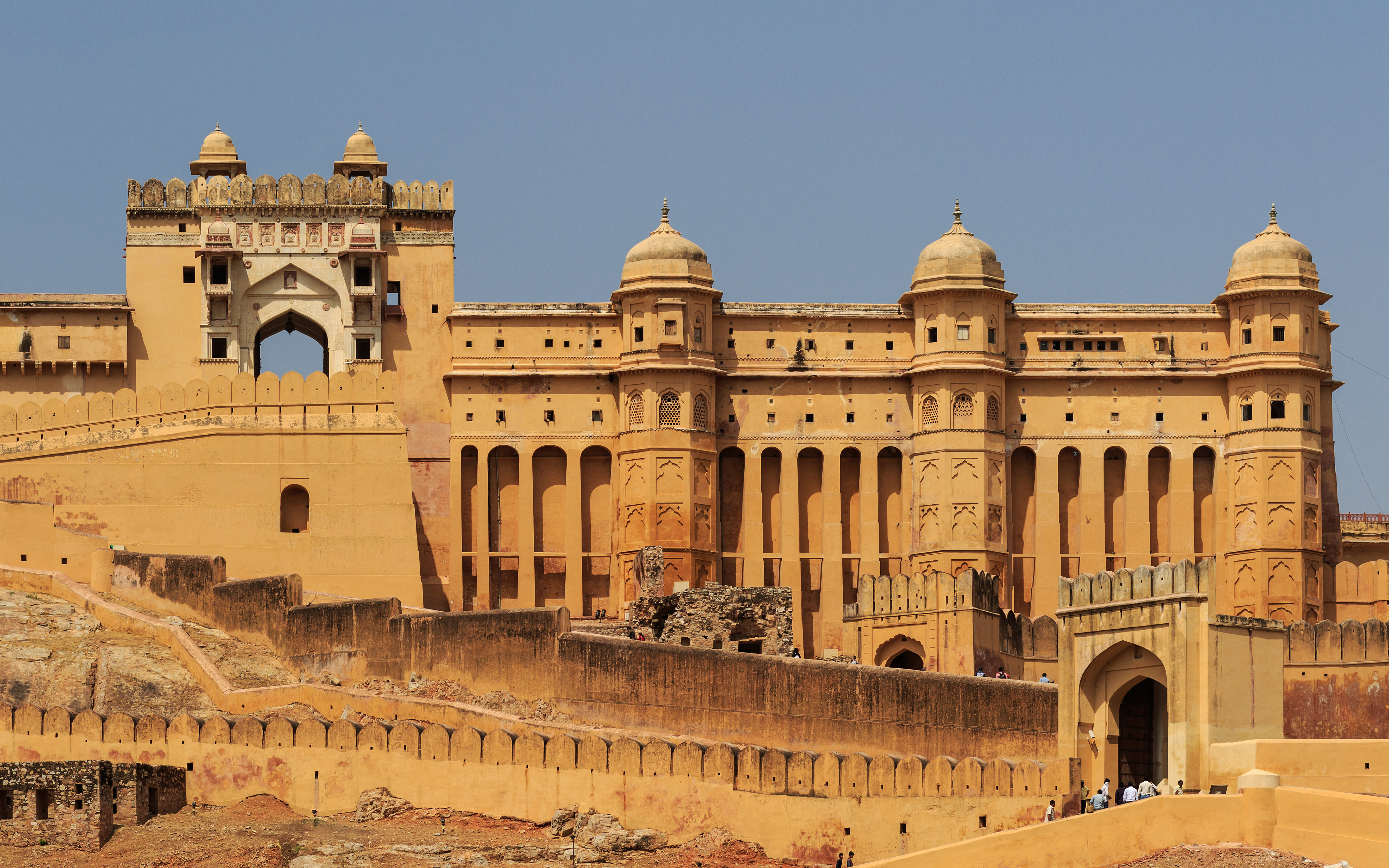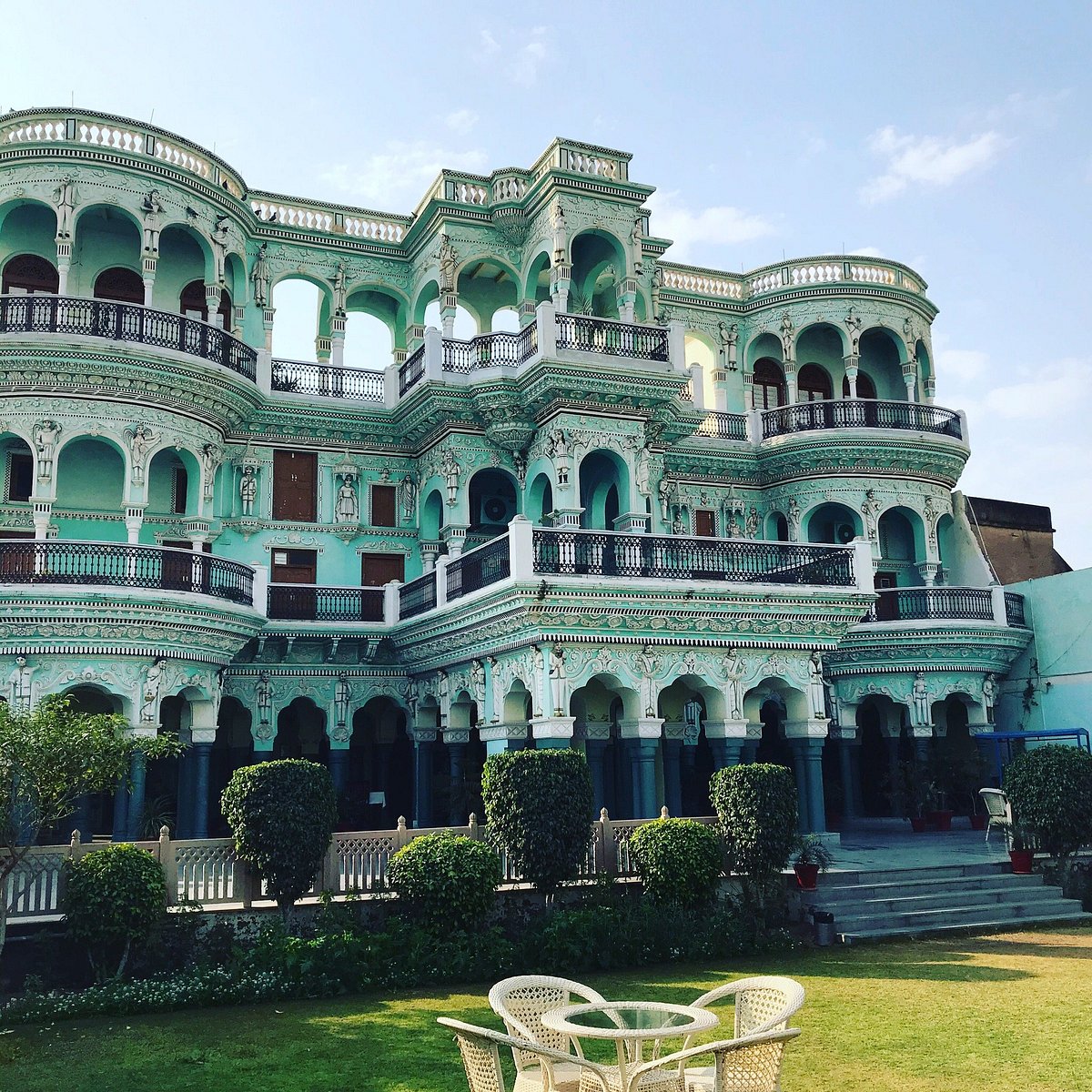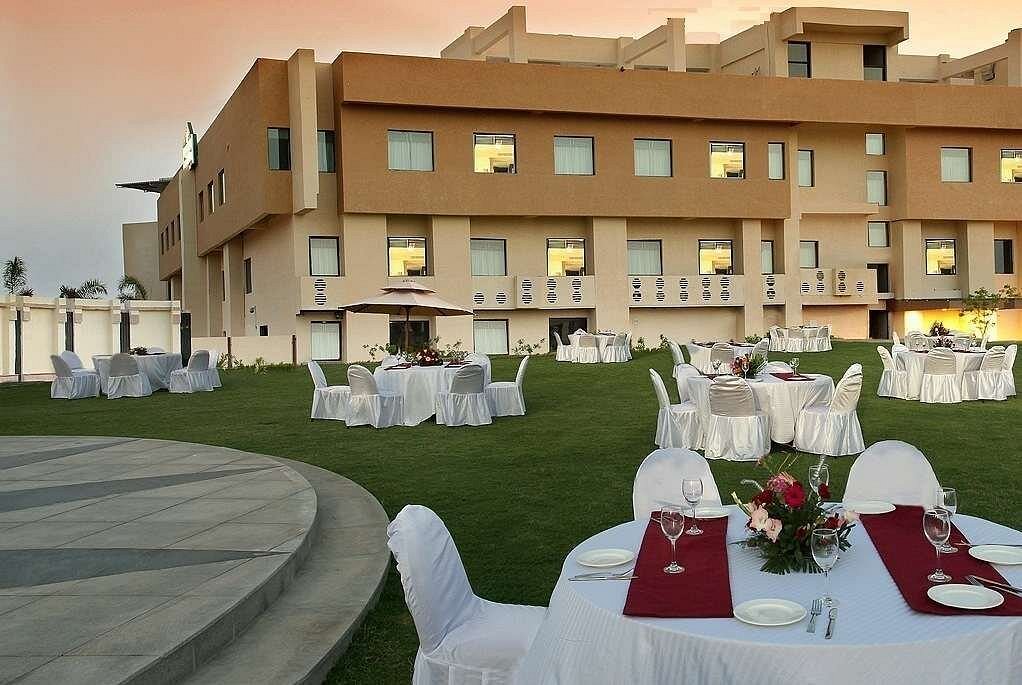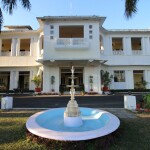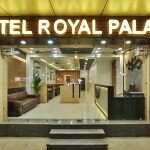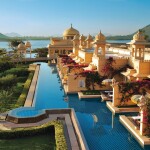Unveiling the Magnificence of Amer Fort: A Guide to Jaipur's Historic Gem
Table of contents [Show]
- 1 Introduction to Amer Fort
- 2 A Glimpse into History: Construction and Expansion of Amer Fort
- 3 Architectural Marvels: Exploring the Sections of Amer Fort
- 4 Divine Encounters: Temples within Amer Fort
- 5 Beyond Amer Fort: Nearby Attractions and Experiences
- 6 Enchanting Evenings: Light and Sound Show at Amer Fort
- 7 Practical Information for Visitors
- 8 In Conclusion
Introduction to Amer Fort
During my recent trip to Jaipur, I had the privilege of exploring the awe-inspiring Amer Fort, also known as Amber Fort. This architectural marvel stands as a testament to the grandeur and rich history of Rajasthan's capital city. As I stepped into the fort, I was immediately captivated by its beauty and the stories it held within its walls.
A Glimpse into History: Construction and Expansion of Amer Fort
Constructed in 1592 by Raja Man Singh I, Amer Fort has a fascinating history that has been expanded upon by subsequent rulers. Its location atop a hill, overlooking the picturesque Maota Lake, adds to its majestic charm. Learning about the fort's origins and evolution brought the history of Jaipur to life before my eyes.
Architectural Marvels: Exploring the Sections of Amer Fort
The journey through Amer Fort was nothing short of enchanting. Starting at the Suraj Pol (Sun Gate) and crossing the Jaleb Chowk (Courtyard of Welcome), I marveled at the fort's grand entrance and the opportunity to ascend to the main gate on the back of an elephant. The sense of adventure and regal ambiance was palpable.
Passing through the Singh Pol (Lion Gate), I entered the Diwan-i-Aam (Hall of Public Audience), where the king used to address his subjects. The intricate details of the hall, from the ornate columns to the raised platform for the king's throne, transported me back in time. The atmosphere was filled with a sense of authority and community.
Stepping into the Diwan-i-Khas (Hall of Private Audience), I was mesmerized by the breathtaking mosaic work adorning the walls. The play of light on the glass and mirrors created a dazzling effect, evoking a sense of wonder. The craftsmanship was impeccable, and it was a true testament to the artistic prowess of the artisans of that era.
One of the most unforgettable experiences within Amer Fort was my visit to the Sheesh Mahal (Mirror Palace) or Jai Mandir (Temple of Victory). As I entered, I was enveloped by the magical ambiance created by thousands of tiny mirrors embedded in the walls and ceilings. It was as if I had stepped into a starlit sky. The intricate glass inlay work and the captivating paintings added to the palace's ethereal beauty.
The Sukh Niwas (Palace of Pleasure) offered a serene oasis within the fort. The innovative cooling system, utilizing water channels and fountains, provided a refreshing breeze as I explored the palace. The tranquil garden and pavilion were perfect for moments of relaxation and reflection.
Divine Encounters: Temples within Amer Fort
Among the treasures of Amer Fort are its sacred temples. The Shila Devi Temple, dedicated to Goddess Kali, held a profound spiritual atmosphere. The captivating idol made of black stone exuded an aura of divinity. The temple's silver doors, intricately carved with divine motifs, added to the sense of reverence and awe.
Beyond Amer Fort: Nearby Attractions and Experiences
While Amer Fort alone is a marvel, the surrounding attractions further enriched my experience. The Kesar Kyari (Saffron Garden) offered a serene retreat, where I could connect with nature and enjoy moments of tranquility. Exploring the nearby Maota Lake and Sagar Lake allowed me to immerse myself in the natural beauty that surrounds the fort.
Jaigarh Fort and Nahargarh Fort, both in close proximity, provided a glimpse into the fortification systems of Jaipur. The panoramic views they offered were breathtaking, allowing me to appreciate the city and its surroundings from a different perspective.
To delve deeper into the cultural heritage of Jaipur, I visited the Anokhi Museum of Hand Printing. It showcased the traditional artistry of block printing, giving me a deeper appreciation for the craftsmanship and techniques passed down through generations.
Enchanting Evenings: Light and Sound Show at Amer Fort
As the day drew to a close, I had the opportunity to witness the fort come alive during the mesmerizing light and sound show. The captivating storytelling, narrating the history and legends of Amer Fort, created a magical ambiance. It was a perfect way to conclude my visit, leaving me with a deeper understanding and connection to the fort's rich heritage.
Practical Information for Visitors
When planning your visit to Amer Fort, keep in mind that it is open from 8:00 am to 5:30 pm daily. The entry fees are 25 rupees per person for Indian visitors, 10 rupees per person for Indian students, 550 rupees per person for foreign tourists, and 100 rupees per person for foreign students. Hiring a guide or utilizing an audio guide can enhance your experience and provide deeper insights into the fort's history and significance.
In Conclusion
Amer Fort is a destination that should not be missed when exploring Jaipur. It is a testament to the grandeur, architectural splendor, and historical significance of Rajasthan. My personal journey through its sections, temples, and surrounding attractions left an indelible impression. Amer Fort truly offers a remarkable experience that allows you to travel back in time, immersing yourself in the rich cultural heritage of Rajasthan.


